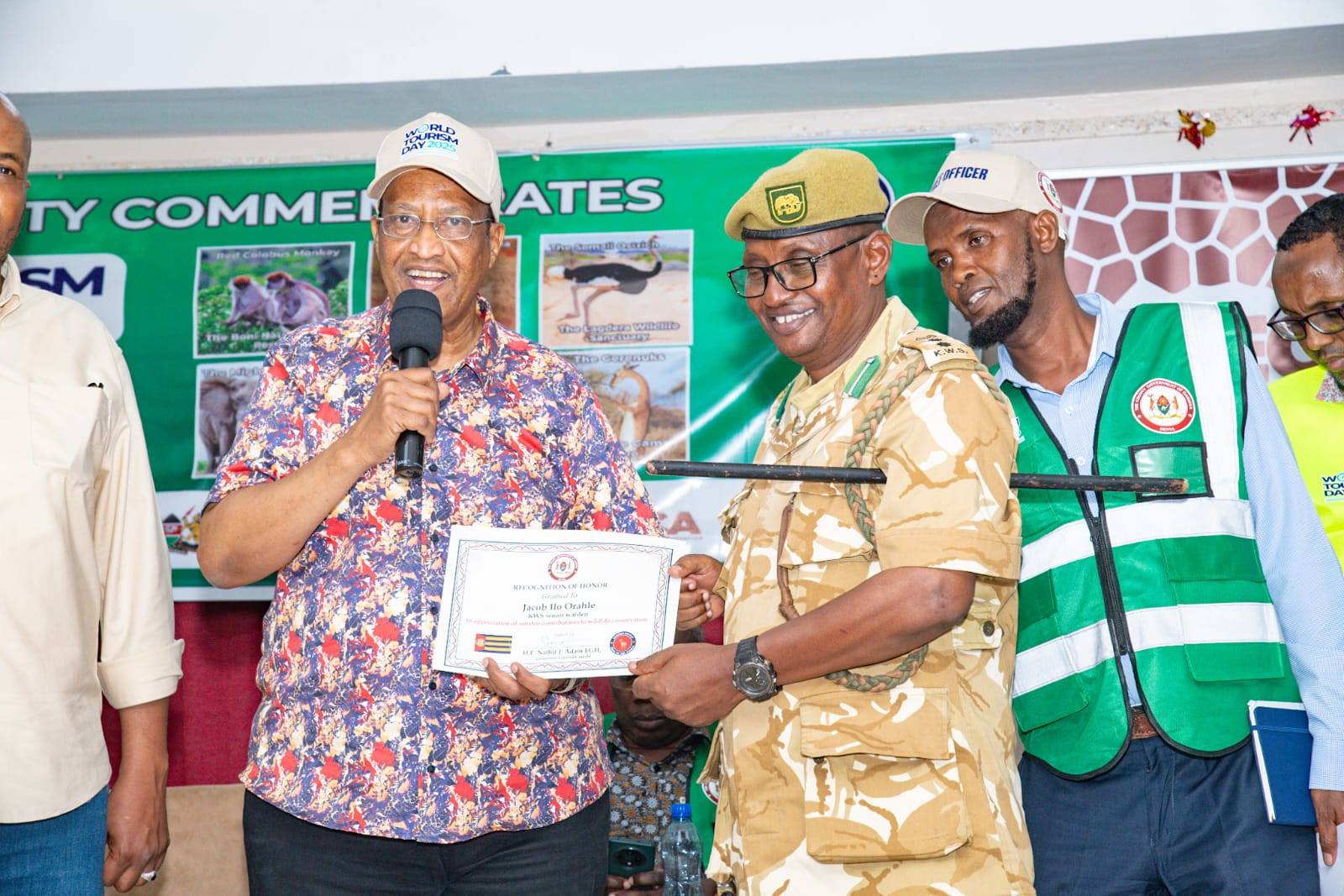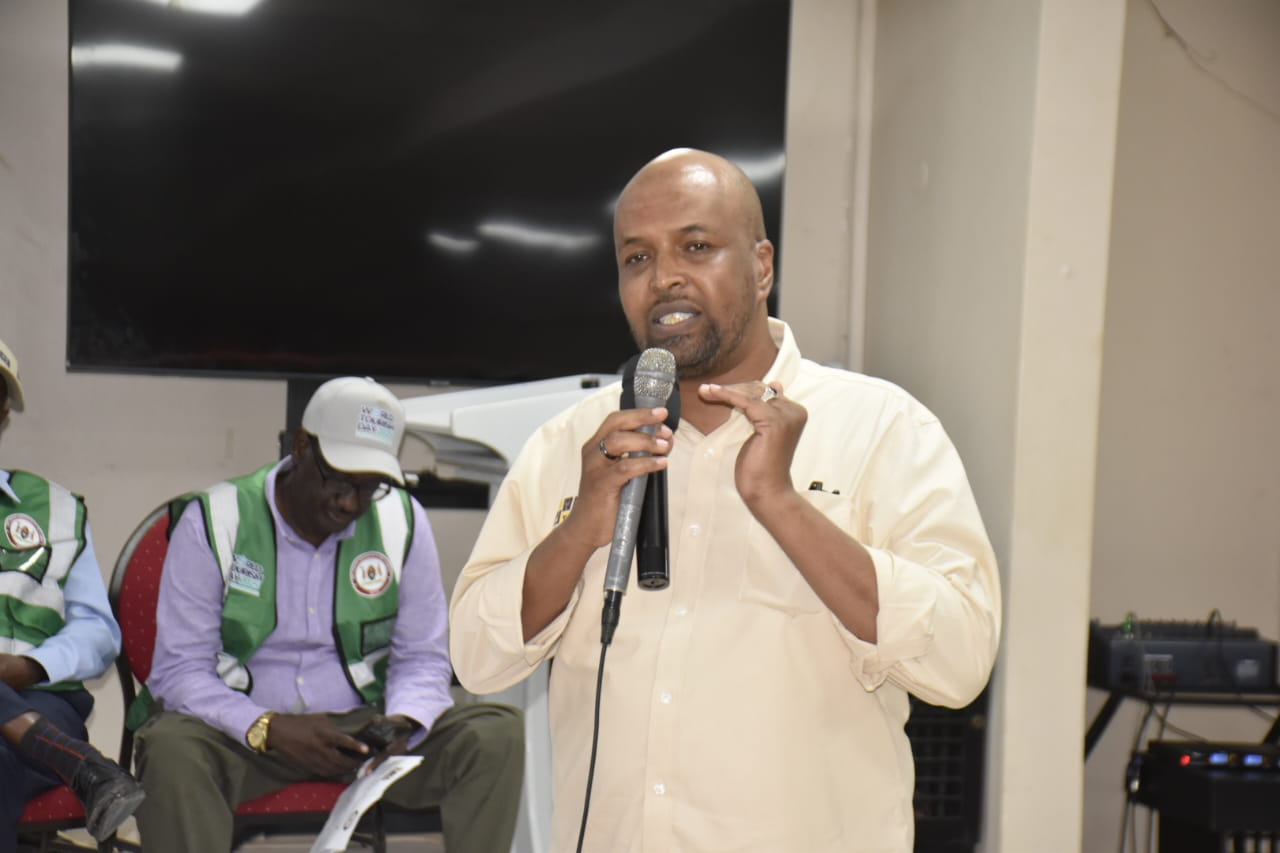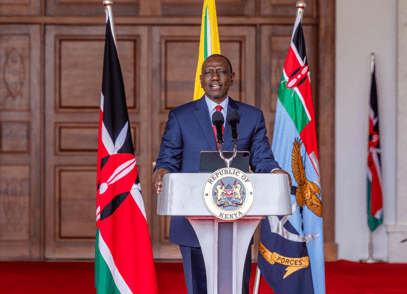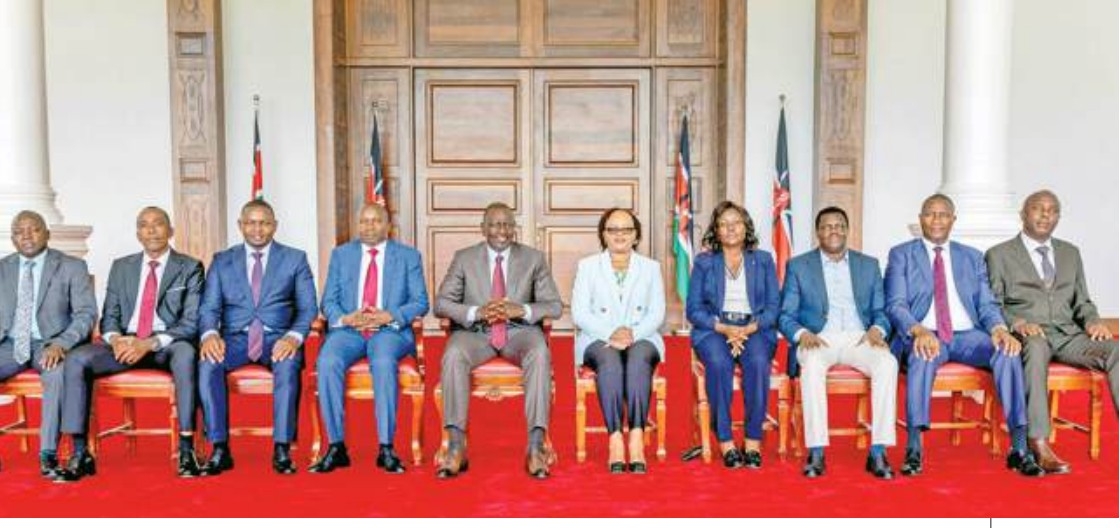


Poaching, alarming foreign travel advisories and lack of support
from national government are the biggest threats to growth of tourism sector in
the county, Garissa Governor Nathif Jama has said.
Speaking during World Tourism Day celebrations at the Bouralgy Giraffe Centre in Garissa township, Jama said as long as the issues are not addressed, the sector might never realise its full potential in the area.
He said the county has a huge potential for tourism, but was quick to add that his administration can only do so much if it lacks the necessary support.
Garissa is ranked fourth nationally in terms of wildlife populations, including the endangered Hirola gazelle and the Somali reticulated giraffe.
Yet, the governor noted that national investment in wildlife conservation in the region has been minimal, adding that time has come for the issues to be addressed by all stakeholders.
Jama took issue with poaching noting it has increased in recent years and that the activities were not only being carried out by residents of the county but by those from outside as well.
We are greatly concerned as a county and as a leadership that poaching has increased tremendously.
“We do not have the privilege of a large number of wildlife in our county. And the little that we have is being depleted courtesy of poaching. My concern is that we are not getting the support we require from the national government and the Kenya Wildlife Service to help us in protecting our wildlife,” Jama said.
“The reality is that the KWS offices in the county do not have the necessary resources or support to act. We therefore want the national government at the level of the CS for tourism and wildlife to come on board and give us our rightful share as a county in terms of protecting our wildlife,” he added.
Governor Jama also criticised frequent security advisories issued by foreign governments, noting that this was scaring away visitors and potential investors who would have come to the county.
“The issue of security alerts, which are issued every once in a while by some of the foreign countries, is extremely hurting us as a county and as a region. What we are asking for is the government to intervene and not to allow unnecessary, unwarranted, and unfair alerts, which are causing us a lot of harm,” the governor said.
The governor further called on the Ministry of Tourism and Wildlife to prioritise Northeastern Kenya by reviving gazetted game reserves such as Rahole, Boni, Arawale and Malka Mari — currently neglected despite their ecological and tourism potential.
Garissa county commissioner Mohamed Mwabudzo warned poachers, particularly those operating from refugee camps, that the government is tightening surveillance.
“Anyone caught poaching will face the law. We urge community conservancies to work closely with security officers and report any threats promptly,” he said.
North Eastern Conservancies Association CEO Sharmarke Mohamed also warned of growing threats from poachers who sell illegal bush meat in refugee camps and urban markets.
“The Somali reticulated giraffe population is declining fast. We’ve seen a spike in poaching cases especially now, as food rations in camps are reduced,” Sharmarke said.
He warned of a possible outbreak of zoonotic diseases as a result of people killing sick giraffes, which are then consumed by residents.
“There is a serious public health risk right now. The consumption of giraffe meat is at an all-time high. But the most worrying thing is that it is happening to the sick giraffes. These exposes communities to deadly zoonotic diseases like anthrax,” he said.
During the event, Jama launched the Lagdera Wildlife Conservancy, donated motorcycles to scouts for better patrolsand issued appreciation certificates to active community conservancies.
He also announced plans to fast-track the Garissa Wildlife Conservation and Anti-Poaching Bill.













![[PHOTOS] Three dead, 15 injured in Mombasa Rd crash](/_next/image?url=https%3A%2F%2Fcdn.radioafrica.digital%2Fimage%2F2025%2F11%2Fa5ff4cf9-c4a2-4fd2-b64c-6cabbbf63010.jpeg&w=3840&q=100)



